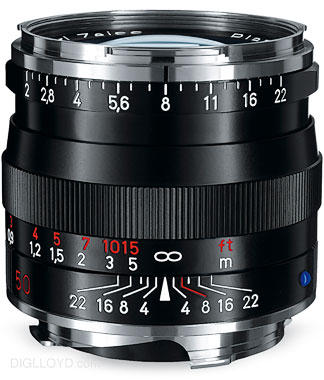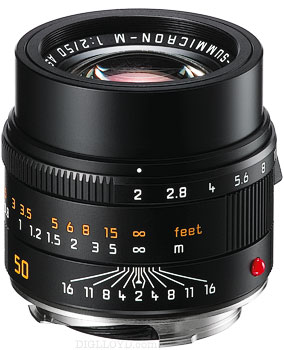EXCERPT page containing first few paragraphs. 2024-04-19 13:21:48
UA_SEARCH_BOT_compatible_botmozilla/5.0 applewebkit/537.36 (khtml, like gecko; compatible; claudebot/1.0; +claudebot@anthropic.com) @ 13.58.150.59
For full access, subscribe here. Or click title to login. ![]()
Ray Angle and Rangfinder Lenses: Leica 50/2 APO vs Zeiss 50/2 Planar (Wyman Cabin, Sony A7R)
Lens performance of Leica M / Zeiss M rangefinder lenses on mirrorless cameras like the 36MP Sony A7R is degraded by ray angle to the sensor—so much that it is the dominant factor in lens performance, that is, without the lens being well stopped down.
It might be assumed that the 50mm focal length is minimally affected by ray angle factors, but in truth there is a distinct loss of image quality with a high performance optic, e.g. with Leica’s very best M lens, the 50mm f/2 APO-Summicron-M ASPH.
Included here for context is the Zeiss ZM 50mm f/2 Planar, a conventional design with no special glass and no aspheric elements. Since the 50/2 APO is degraded, the question arises as to whether the higher optical performance emerges, and at which apertures. Moreover, is there a convergence of performance at some stopped-down aperture? The 50/2 APO is about 10X the price of the Zeiss ZM 50/2 Planar, so this is very much a consideration if most shooting is to be done stopped down.
Article continues for subscribers...
Diglloyd Guide to Leica is by yearly subscription. Subscribe now for about 25 cents a day ($90/year).
BEST DEAL: get full access to ALL 8 PUBLICATIONS for about 75 cents a day!
Diglloyd Guide to LEICA contains in-depth coverage of Leica M system cameras and lenses, with additional coverage of Leica M Monochrom, Leica Q.
Special emphasis is placed on Leica M lenses and certain Zeiss ZM lenses.
- Make better images by learning how to get the best results right away.
- Save money by choosing the right lens for your needs the first time, particularly the Summilux/Summicron/Elmarit choice and/or Zeiss ZM.
- Make better images, a sort of “cheat sheet” saving yourself months or years of ad-hoc learning. Processing parameters are discussed and shown.
- Jaw-dropping image quality found nowhere else utilizing Retina-grade images up to full camera resolution, plus large crops [past 2 years or so].
- Real world examples with insights found nowhere else. Make sharper images just by understanding lens behavior you won’t read about elsewhere.
- Aperture series from wide open through stopped down, showing the full range of lens performance and bokeh.
- Optical quality analysis of field curvature, focus shift, sharpness, flare, distortion, and performance in the field.
Want a preview? Click on any page below to see an excerpt as well as extensive blog coverage, for example on Leica.




